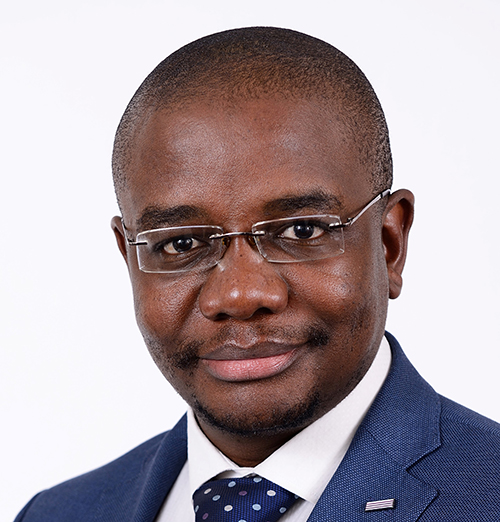Corridor Africa Technologies is a leading and innovative smart technology and solutions provider. We hear from Corridor Africa, CEO, Matone Ditlhake who discusses the benefits of offering seamless connectivity across different networks.

Within the next decade, the number of connected endpoints will be in the trillions of devices and technologies such as IoT, AI, robots and the metaverse will be the norm for billions of people.
According to a study, International Data Corporation (IDC) predicts that there will be 41.6 billion IoT devices in 2025. However, this will require massive network capacity, ultra-low latency, more reliability and increased availability.
Telcos have a huge task at hand to provide networking infrastructure to make the metaverse work. Furthermore, cellular and Wi-Fi communication networks will have to become more unified to provide faster network speeds and real-time communications.
Although cellular and Wi-Fi technologies have competed in the past, the future of wireless communication will likely see more co-operation between the two. Next-generation networks will provide the ability to connect mobile devices seamlessly over cellular or Wi-Fi networks, ensuring the unification of our experience across the physical, digital and human world.
Wi-Fi and cellular convergence
Convergence of fixed and mobile networks is really about providing easy access to services and apps from any networks including fixed line, Wi-Fi, hot spots or 4/5G cellular networks. Wi-Fi and cellular have been on a gradual path of convergence with dominant mobile operators gradually acquiring fibre operations.
For example, MTN’s plans to acquire 100% of the state-affiliated fixed-line provider Telkom. This will make MTN the largest player with an 80% market share in the telco space. Vodacom is also planning to acquire a majority stake, along with New GX Capital and Remgro, in a new entity called InfraCo.
All around the world we see mobile operators and fixed line players merging to consolidate and capture market share. This is also a strategic move for players that want to play in the 4G and 5G space, they need more fibre to connect their mobile networks.
However, for Wi-Fi and cellular convergence to succeed, service providers will have to break free from conventional thinking as to what technologies belong to mobile and fixed wireless services. There are significant untapped business opportunities by breaking these misconceptions. More importantly, some of these opportunities do not need massive infrastructure investments, nor do telcos need to wait for new convergence (3GPP) standards or equipment.
A new model
The convergence of Wi-Fi and cellular networks will drive a new model of service delivery efficiency, agility and profitability that was previously unattainable. It will enable telcos to cost effectively offer and monetise a broader range of personalised products and services.
The new model of all services seamlessly accessible and available from any device and on any network – anywhere and anytime – is definitely possible from the network perspective. However, managing, securing and monetising these services are exponentially complicated, risky and cost prohibitive.
The ultimate goal of this model is to optimise transmission of all data, voice and video communications, regardless of location or device.
Conclusion
In today’s fast-paced world, businesses expect complete mobility in order to achieve Business Continuity. They are constantly in search of solutions that could enhance their efficiencies and productivity. Wi-Fi and cellular convergence is a rapidly growing trend, it enables businesses to increase flexibility and improve efficiency by integrating their fixed and mobile networks.
Offering seamless connectivity across different networks allows people to move freely without losing service or experiencing poor quality.
Click below to share this article

